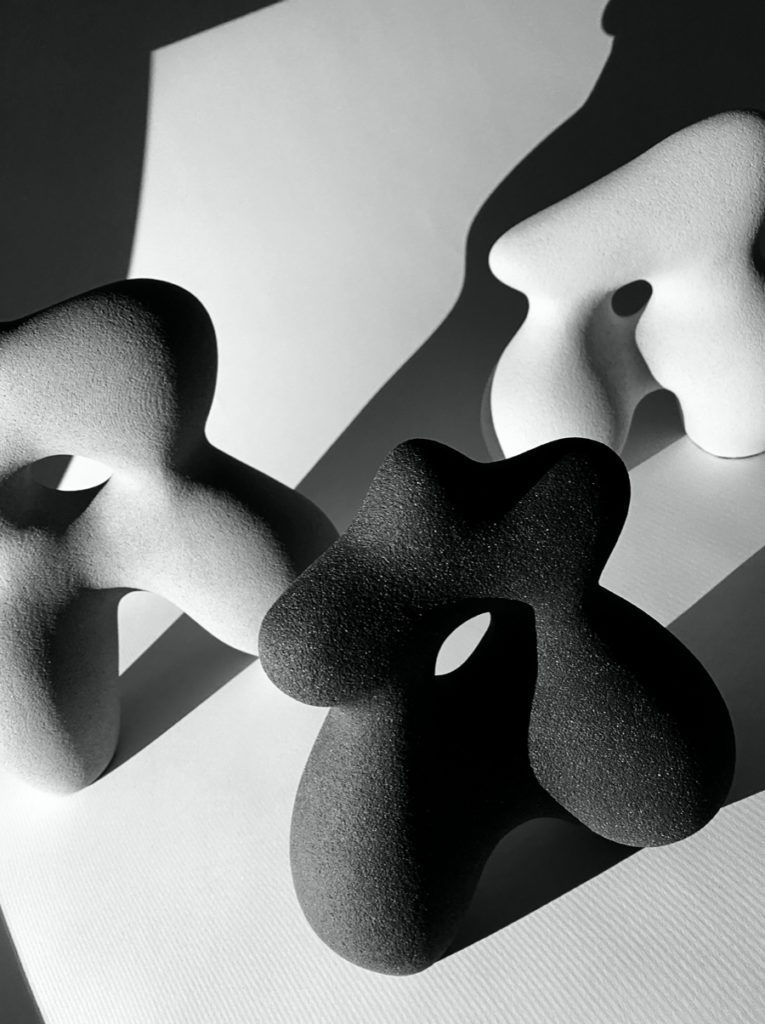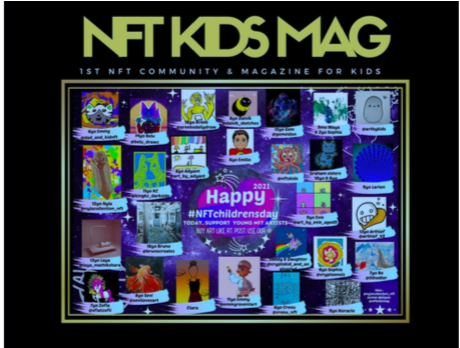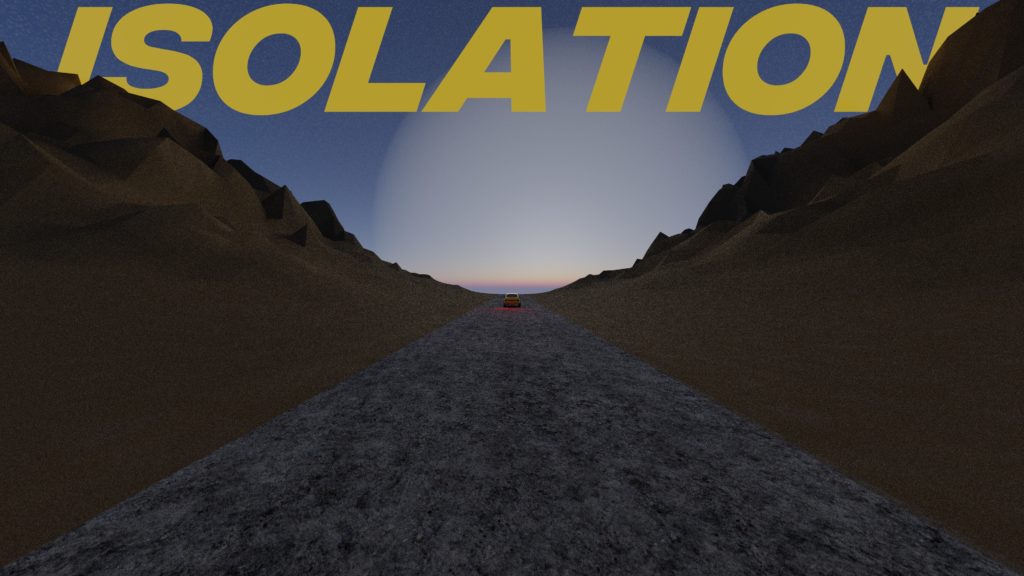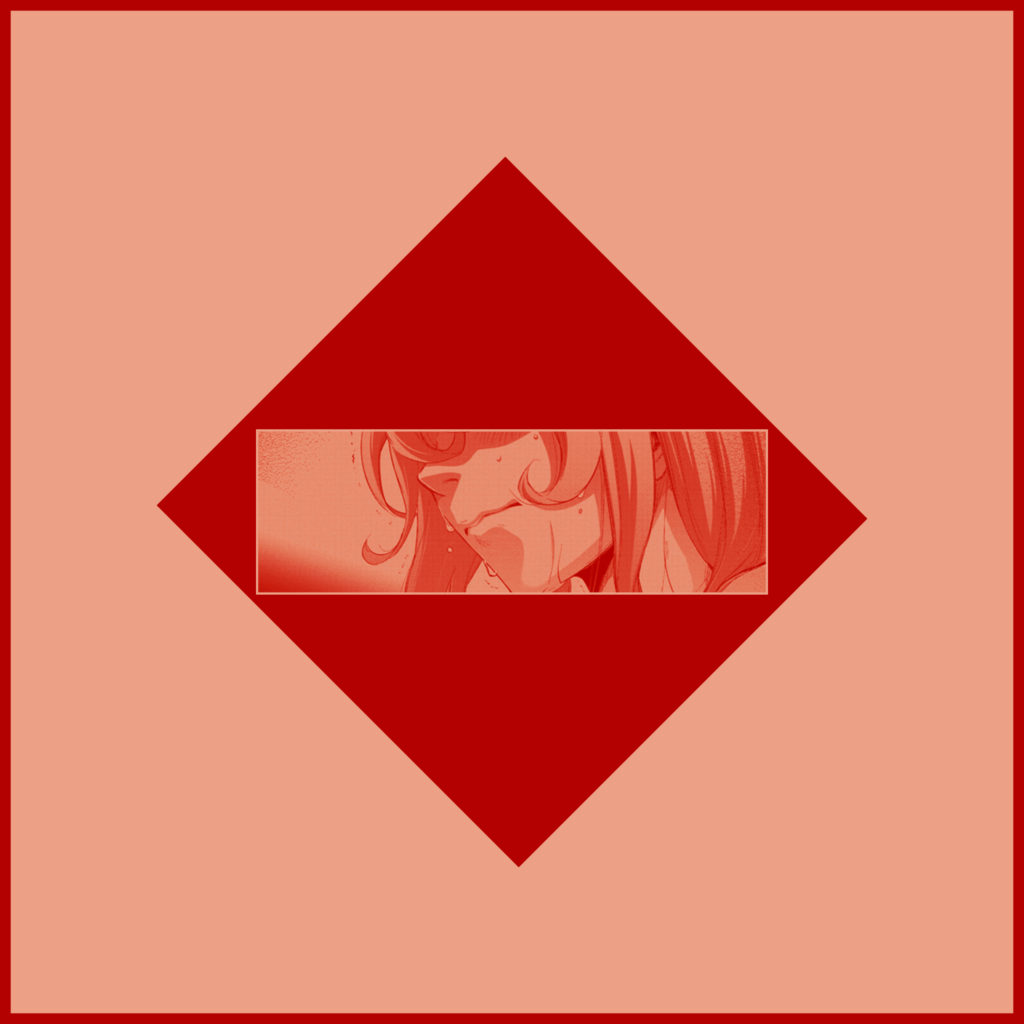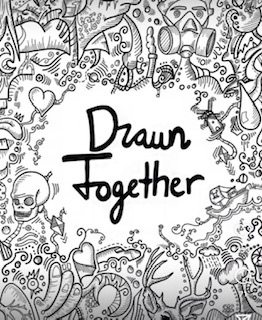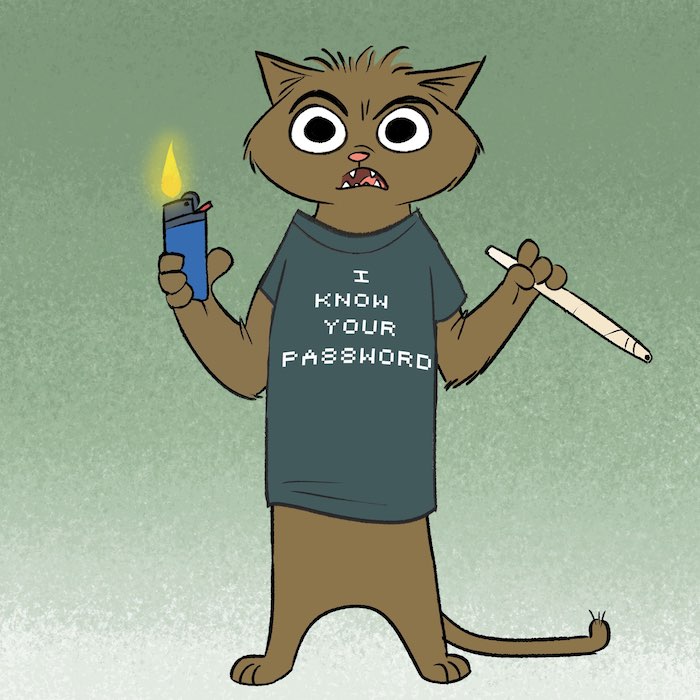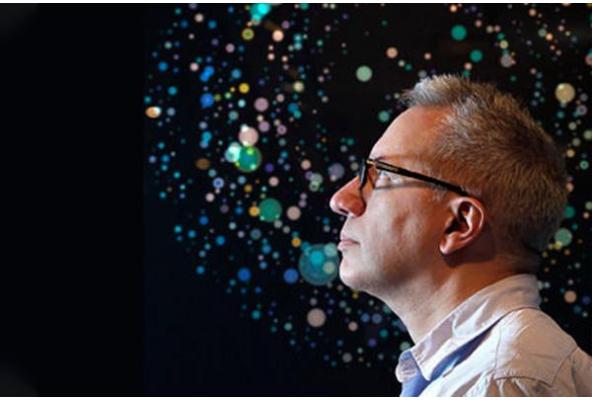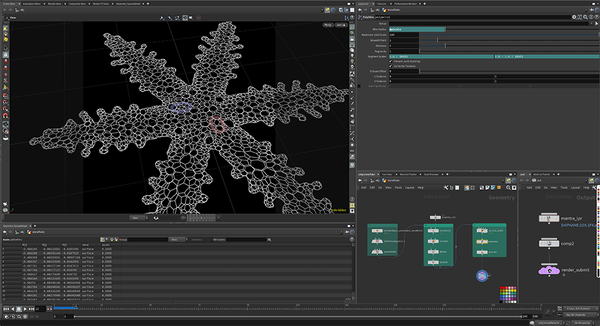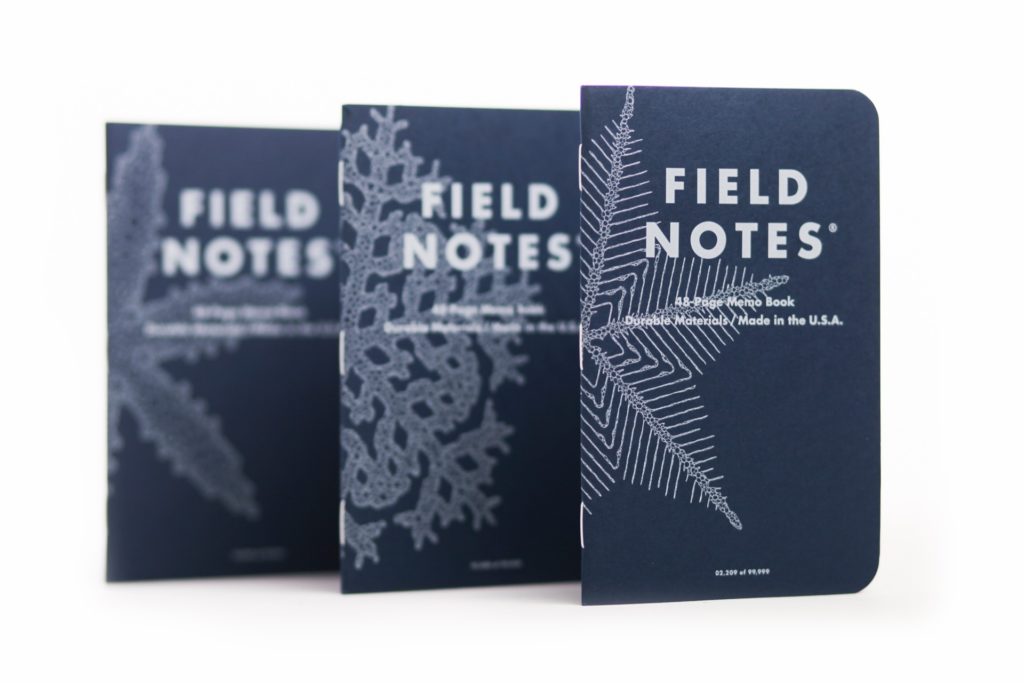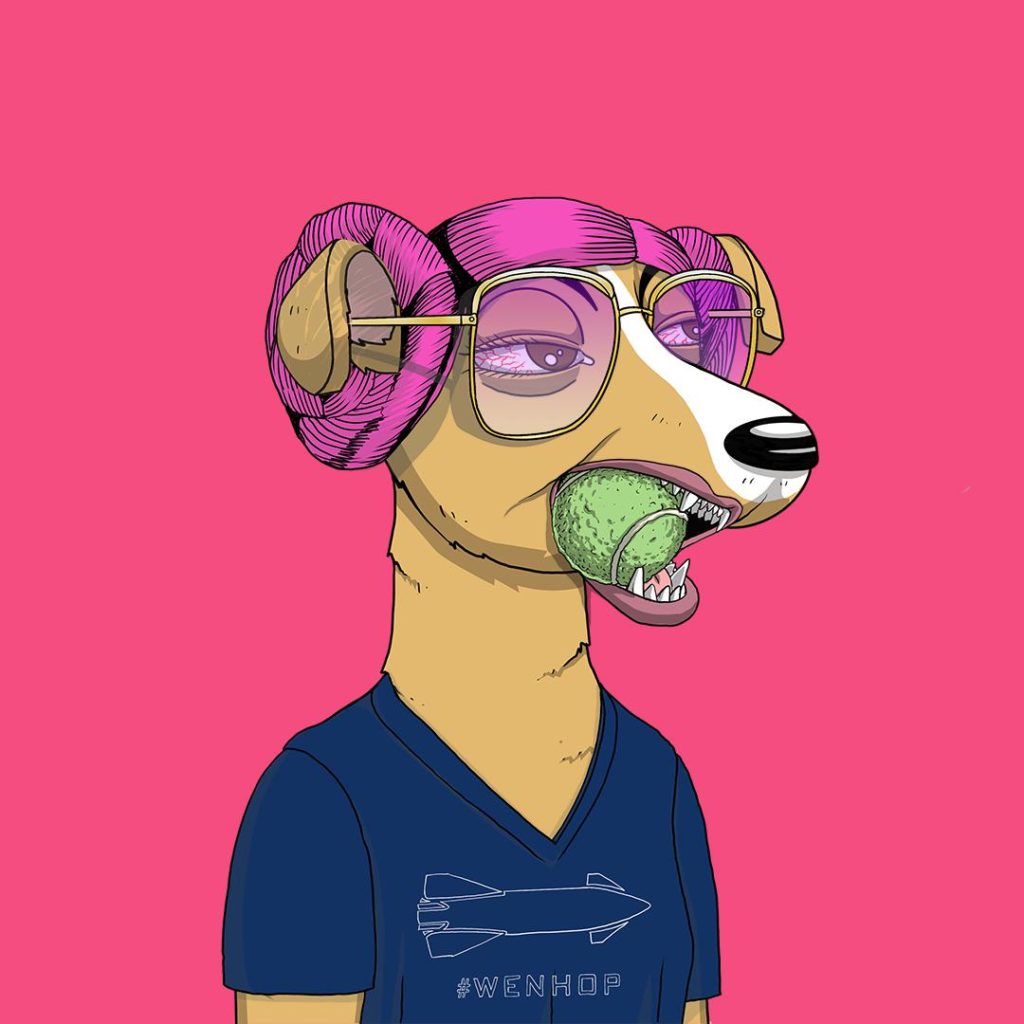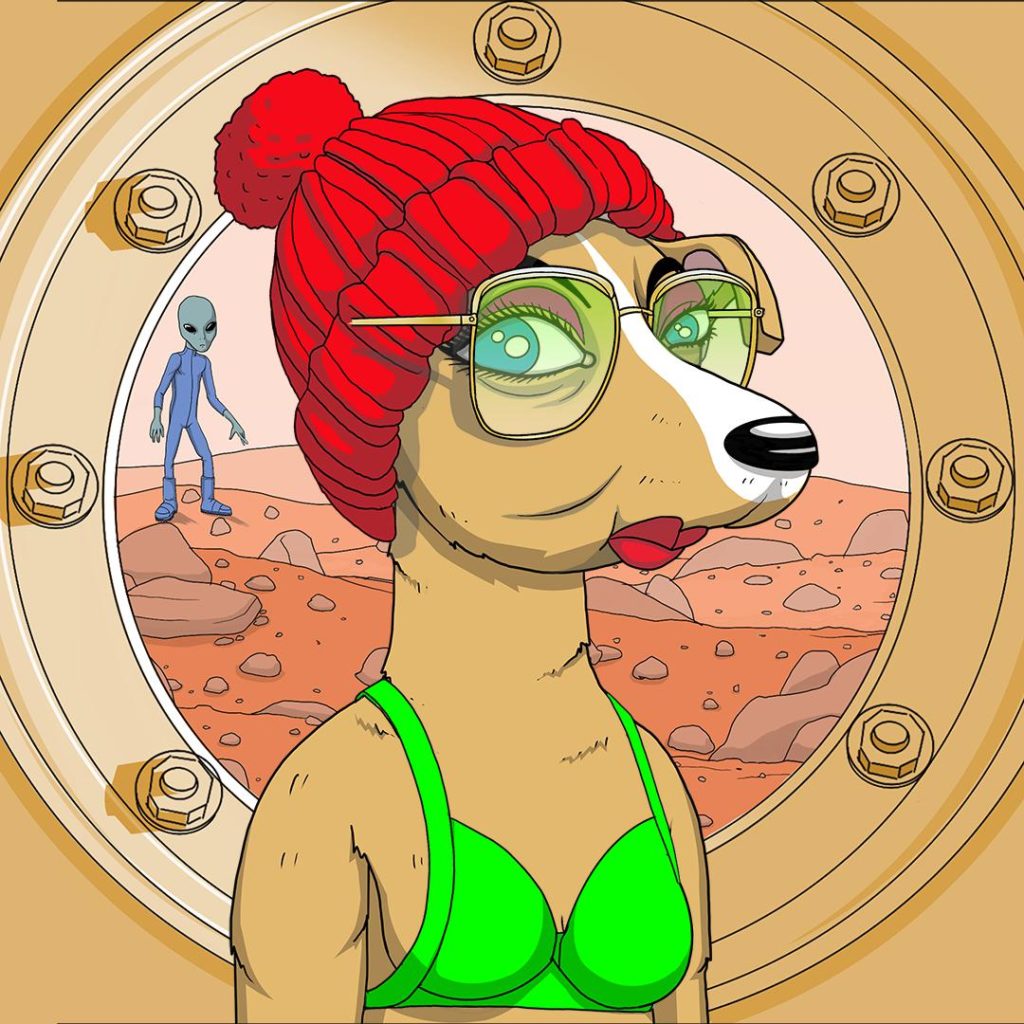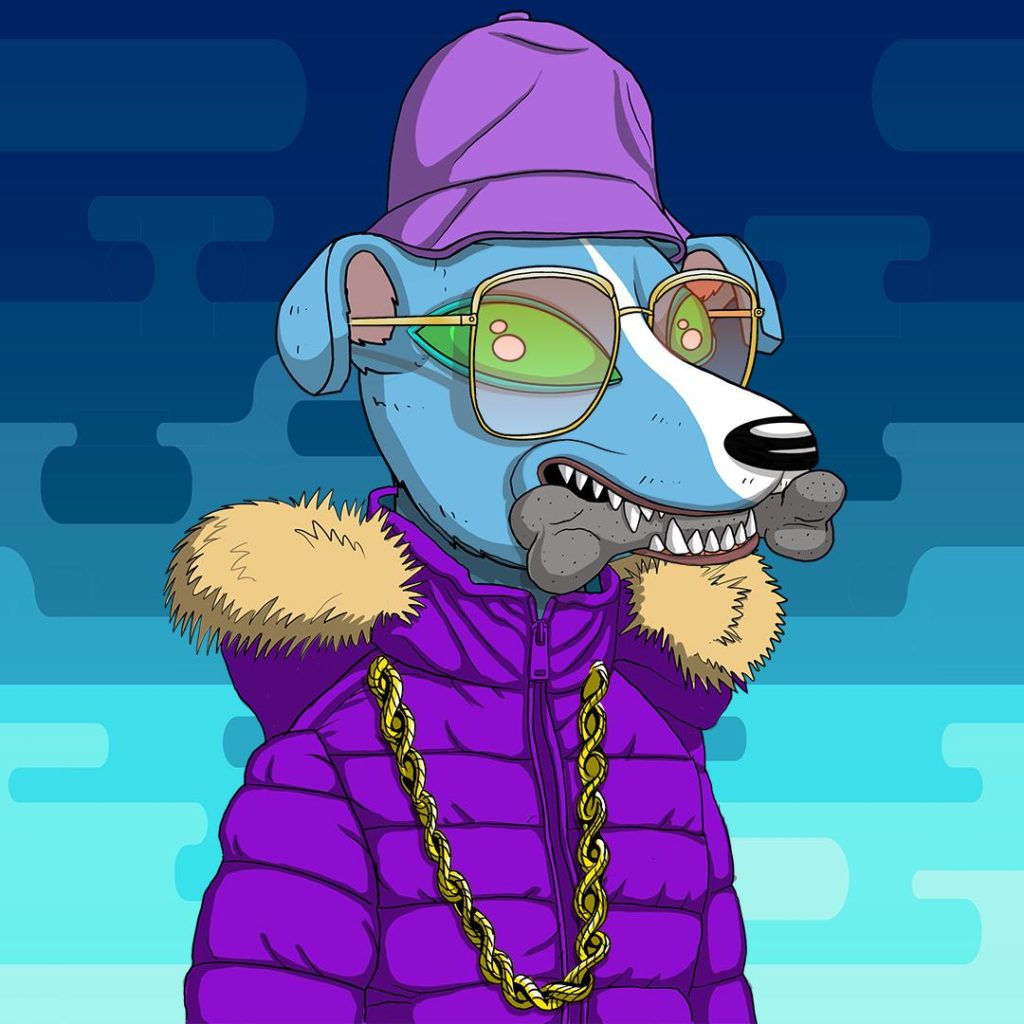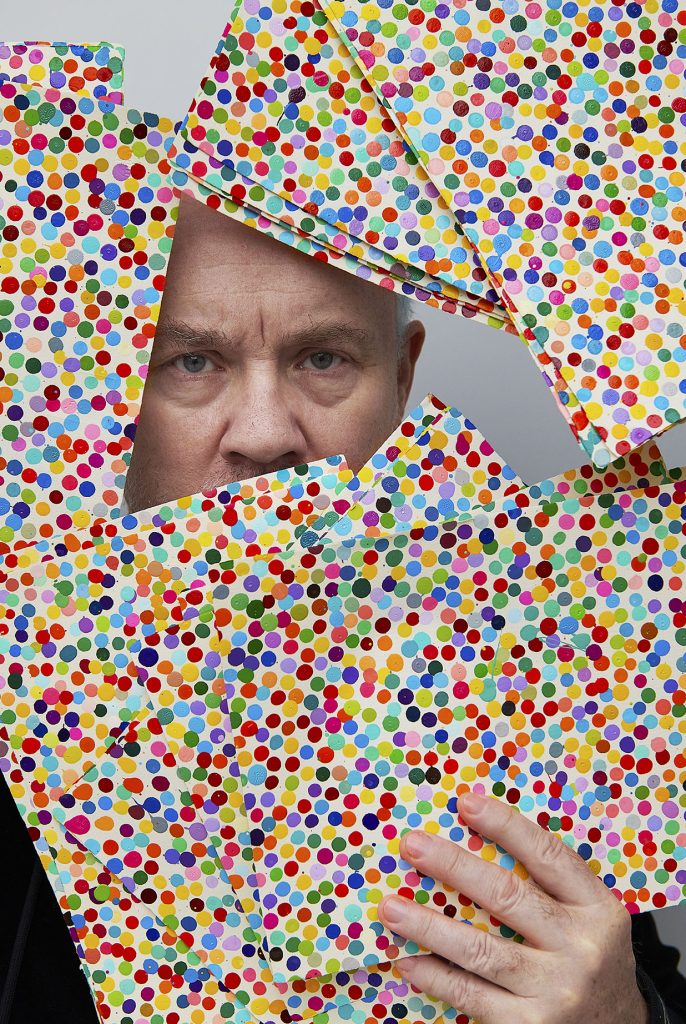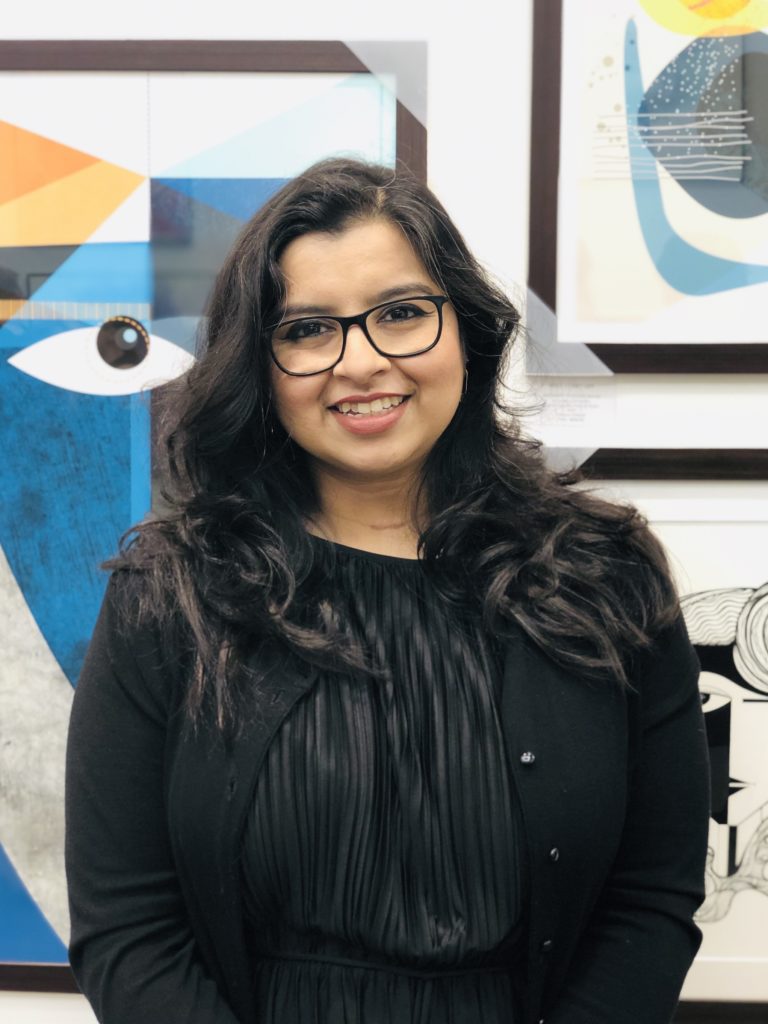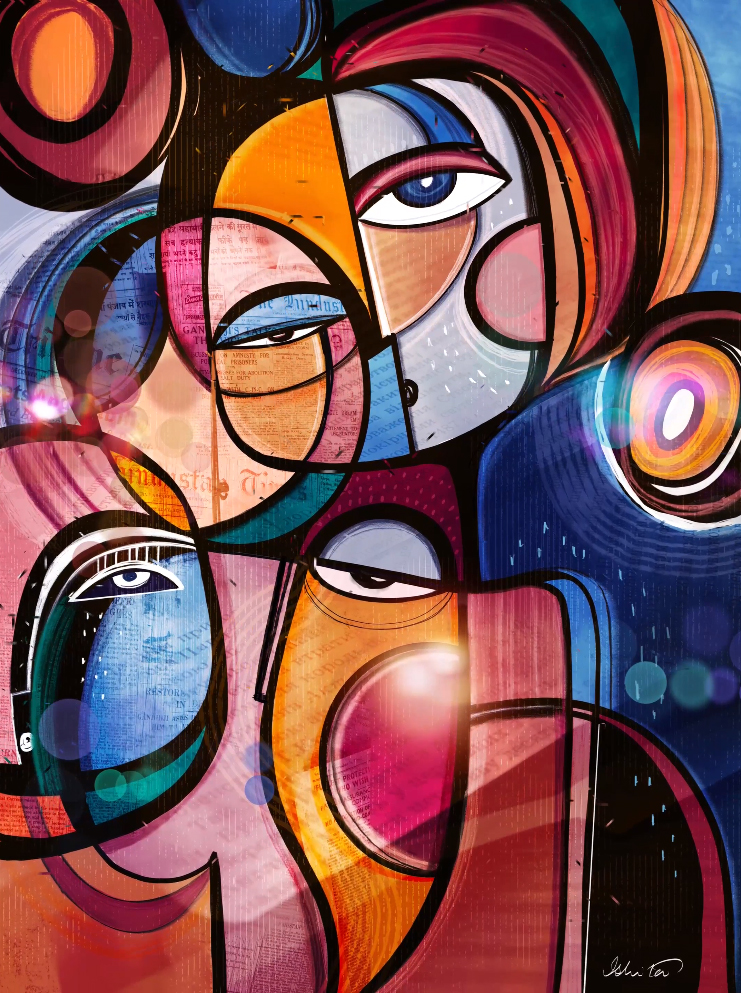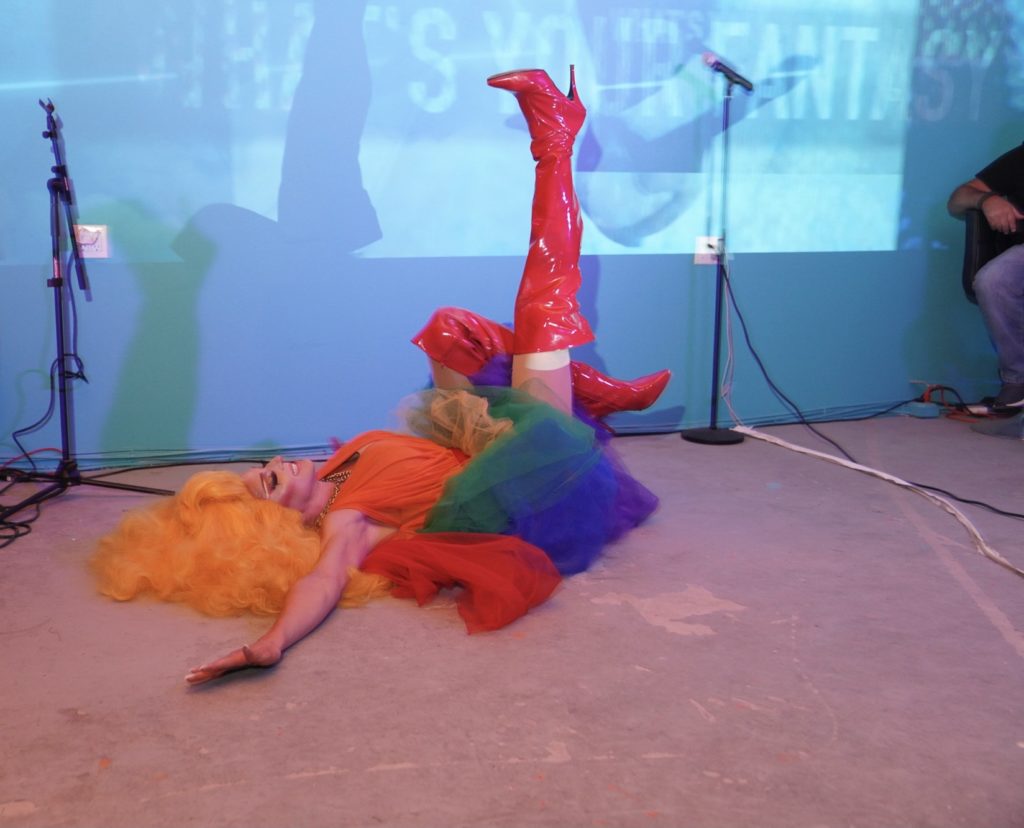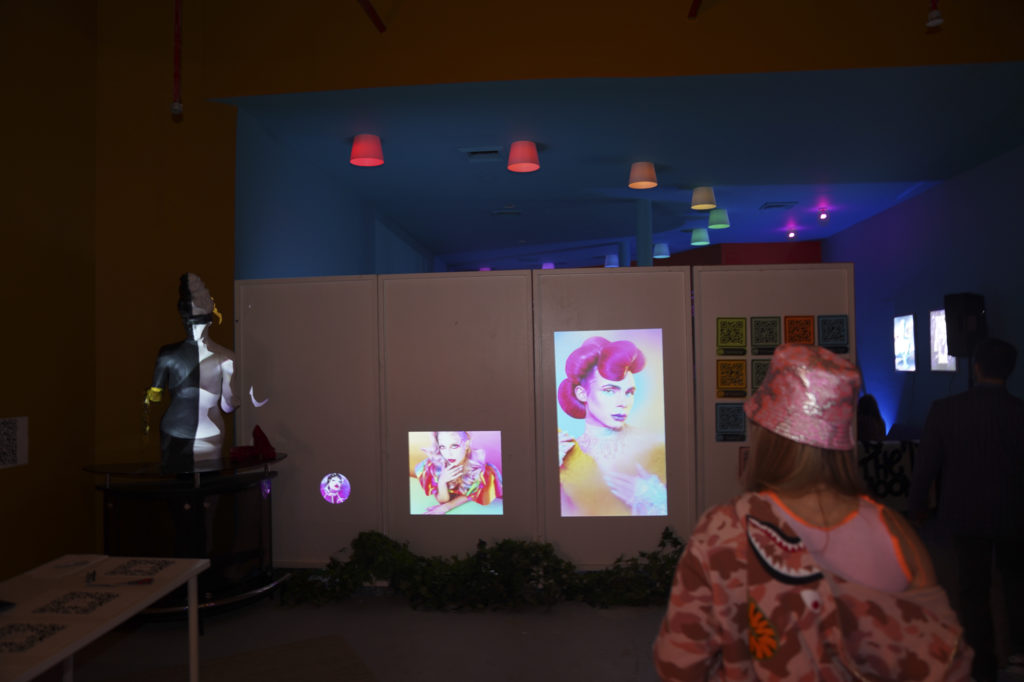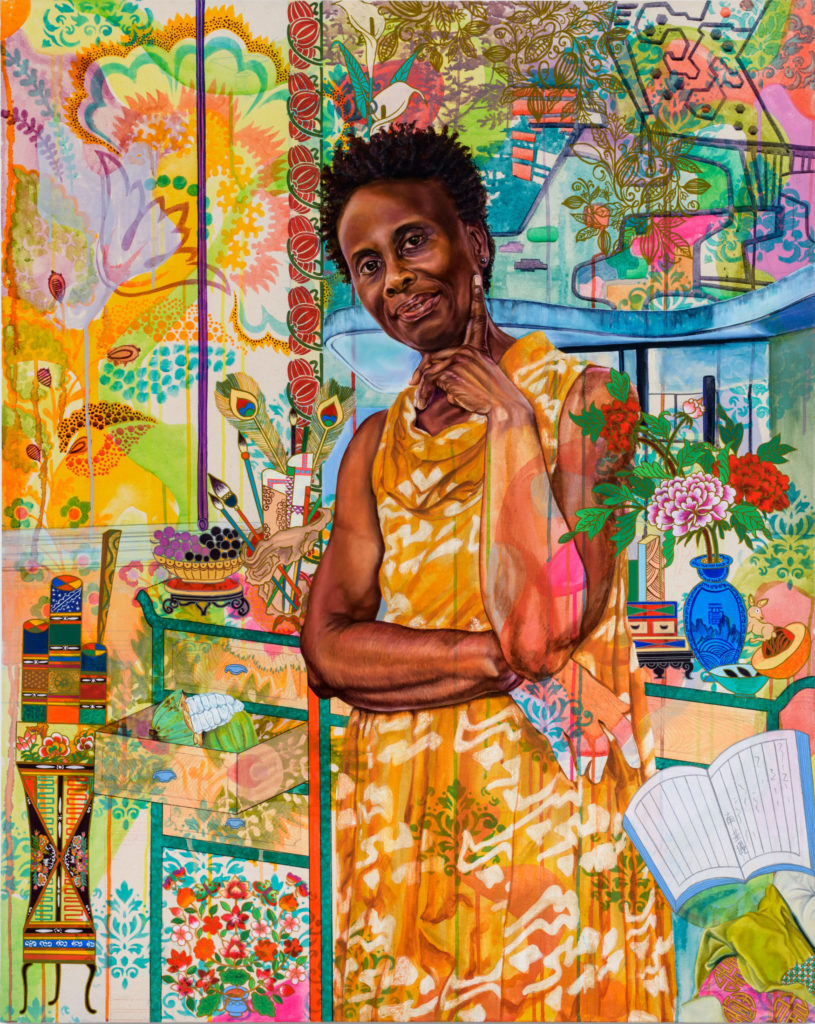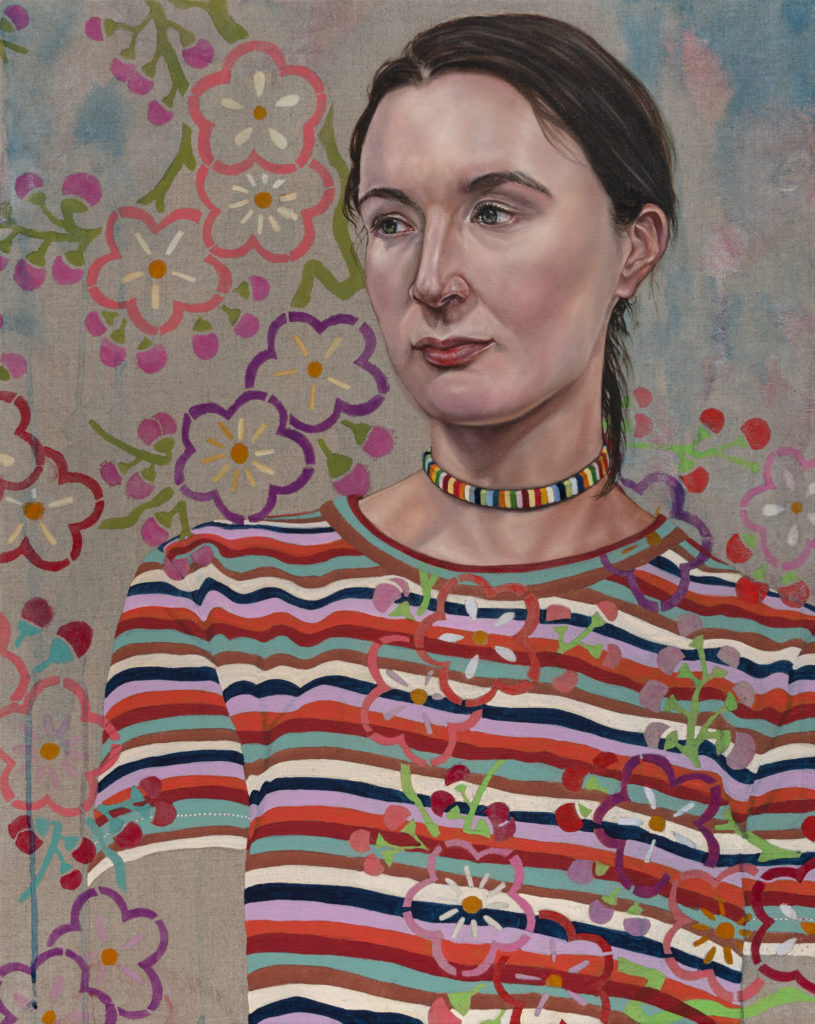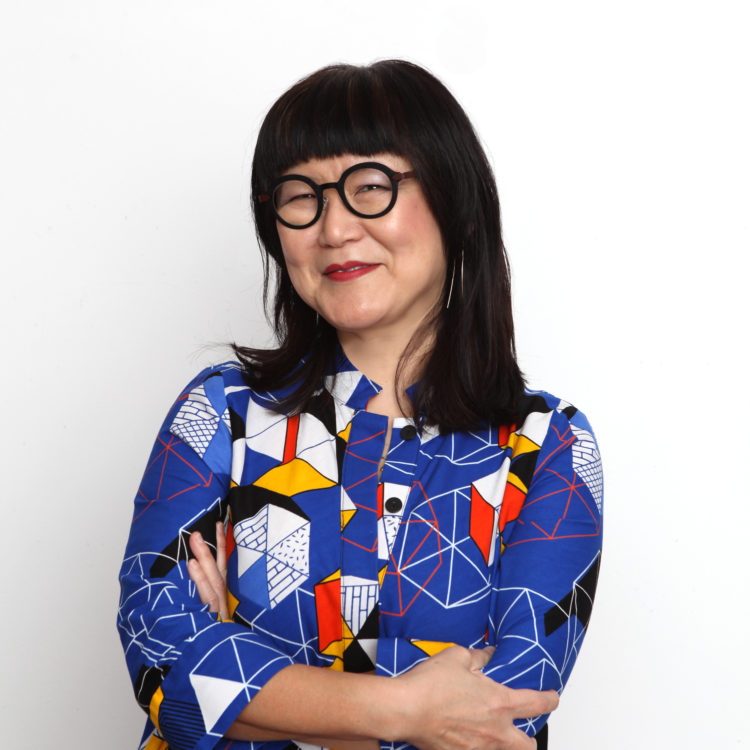Hermine Bourdin is a Self-taught sculptor based in Paris, France. Hermine creates works inspired by the feminine lines of the female body. In her work, Hermine seeks to represent full, proud sensual women. Her work is currently on view in various galleries in Paris, Nice, Berlin, NYC, Copenhagen & Hangzhou. Hermine is currently designing a metaverse where she will premiere her work alongside a group of collaborators in the space.
Your practice is a very formal art form. When did you begin sculpting and why?
I was passionate about sculpture from a very young age. Being a sculptor was a crazy dream I had read and I studied the work of many great sculptors but I had never acted on it. It was only after a big loss in my family that something clicked in my mind and it dawned on me that time goes by so fast…I decided to make the jump and turn this passion into a full-time practice. I had many sketches and ideas of shapes so I started to test various materials to find which medium could work the best for me. I started to take lessons in stone carving, metal welding, plaster moulding, etc. I didn’t know if this envy to sculpt was just a whim or if I was able to produce anything exchangeable for real, I had never sculpted in my life. But the more I was putting energy and time into it the more this envy became stronger and I knew it was it.
What artists do you admire and are there masters you studied that moved you to become an artist?
There are so many artists I admire. I would put Camille Claudel at the top of the list and August Rodin, their work is so alive and intense. The Rodin museum is by far one of my favourite places in Paris. I also admire a lot Constantin Brancusi and Barbara Hepworth, Louise Bourgeois Marisol Escobar and Fernand Léger, the list is endless! I also had the chance to meet Laurence Brice in Biot who was the daughter-in-law of Roland Brice, the ceramist of Fernand Léger himself and I learned a lot from her.
Are there personal experiences from your life that you draw on that influence your work?
Cinema has been a big source of inspiration for me. My parents made me watch many classical black and white movies and I remember loving the Italian films of the Cinecittà, especially Fellini and Visconti. I recall seeing the figures and shapes of Anita Ekberg in La Dolce Vita and thinking ‘Wow, that is a real woman.’ I’ve always admired curvy actresses like Sophia Lauren, Claudia Cardinale, Josephine Baker, Maryline Monroe, those ladies still inspire me today. I’ve always admired curves rather than sharp angles and that’s what made me want to sculpt this way using plump sensual feminine lines.
When I started to sculpt, it was instinctive. It felt very natural to show feminine forms because to me this was the feminine shape is perfection. I think a sculptor always tries to sculpt perfection, at least to their eyes. Some see perfection in angles, squares, or geometric forms, some see perfection in imperfection like with Wabi-Sabi for instance. To me, perfection is found in full, voluptuous, curvy feminine shapes. My women are proud, generous, and protective, at least that’s what I try to portray in my work.
Could you expand on your inspiration to work in the medium of sculpture? Was there a moment you felt called to pursue this passion for working with your hands?
When I was a kid I lived with my aunt and uncle who were craftsmen and farmers, they would do everything themselves, everything was handmade. Living with them for several years I developed the skills of the art of how to use my hands through making cheese, farming, gardening, winemaking, etc! At Christmas time my aunt would make us sculpt figurines using clay. That’s when I first encountered this material that I loved so much. This medium remained dear to me but it was only later that I went back to it. I had the idea that clay wouldn’t work for the shapes I had in mind, that it was too soft and saggy but, it turned out to be the best material for me, a very familiar warm medium related to my childhood. So after trying out stone carving and metal welding I returned to clay and I found it was a very sensual medium, very feminine moreover. I recall a specific instance when I was a teenager having just moved to Paris, I had a friend whose father was a sculptor and I remember being in awe visiting his studio, it felt like this weird déjà vu.
How did you arrive at these unique figurative shapes? What was and what is your process from conception to completion?
I spent hours sketching the sculptures of Rodin and Zadkine or the abstract work of Brancusi, they inspired me a lot. I realize that it’s by sketching that I started to want to sculpt and give life to these drawings. Sketching is a key part of my work.
Every piece starts with an idea and once imagined, the shape is drawn before beginning a long dialogue with the material, doing and undoing the work until each piece comes to life into a perfect balance of curves and movements. Then I start the meticulous process of adding the finishing touches giving each piece its unique sensual texture.
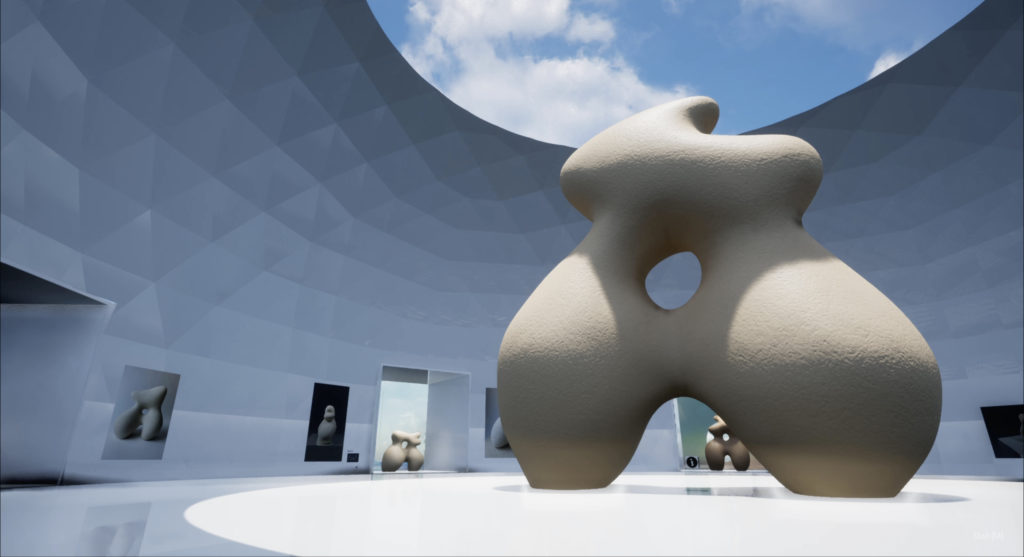
Can you elaborate on your choice of materials and how you decide to use a particular material and its significance in your pieces?
To sculpt in sandstone is very related to what I try to represent, thriving free voluptuous women. I see every woman as a potential sculptor or shaper of life, one can distinguish a womb within the opening of the pieces, but one can also see Earth, homogeneous to my material of choice, and how this same Earth that nourishes us.
I’m also working with plaster, wood and I want to do some bronze casting as well, I want to explore many new materials but sandstone will always remain first.
Your pieces feel evocative in the sense that they can elicit an emotional response to the way we view the female body, fertility, beauty, and sexuality. How do you view your work through this lens?
Since I’ve always been inspired by feminine forms and shapes it was very natural to represent them in my work, and that’s how I wanted to communicate these ideas without words. The message I put forth in my work is my ode to all women. I want to show the beauty of women’s shapes and curves, I want each of my pieces to be very sensual and thriving. I think women should be proud and free, and that’s what makes them glowing and beautiful. Sex is of course an important part as well. I wouldn’t find any pleasure in sculpting very dry and thin figures because to me love, beauty and voluptuousness are synonymous.

Because your sculptures are modeled off of and celebrate the female form do you consider your work as an expression of female empowerment?
I think that’s why women often relate to my work because there is a female empowerment message. I hope my work inspires women to feel more proud, and beautiful. Everything starts with this state of mind.
One of my recent works is a series of 3 pieces together called Sisters where I address sisterhood between women. In this work, I revisited The 3 Graces, this three callipygian Mythological sisters – goddesses of charm, beauty, and fertility. I created each piece in a different hue to stress the beauty of every skin colour and they are exhibited at the König Galerie in Berlin as part of the Messe 3 this August 2021.
You recently brought your physical sculptures into the digital realm. What was your interest in creating NFTs from your sculptures?
It first started when I began issuing Certificates of Authenticity registered on the blockchain with Verisart. That’s when I fell into the rabbit hole of this amazing universe that is NFTs. I quickly wanted to try creating my own and started to 3D scan my work.
I think NFTs are creating brand new opportunities for sculpture. That enables me to animate and play with my physical works. The result of a piece as a traditional sculptor is static and cannot be changed once done whereas NFTs allow me to play between static and kinetic, giving motion to stillness.
I also love this idea of making an NFT for each of my pieces, it’s like capturing the soul of each physical work and giving it another life that I find very interesting. It’s also a way to put my sculptures in different environments, change the colour, etc. I find it very exciting. Learning how to properly use software to achieve these results is challenging but worth the struggle! I mainly mint on Hicetnunc because the Tezos blockchain is quite green and that’s important to me.
Tell me more about what you’ve been doing in the metaverse!
I’m very passionate about the metaverse and I decided recently to create a virtual world together in collaboration with Alissia Spaces. It’s all happening on an island where you can see the sculptures in bigger sizes, scattered here and there. The idea is to give another scale to my work. I like the fact that you can enter this world from your computer without having to download anything, you just visit my website and can access it from there.
https://herminebourdin.com/virtual-world
When entering the world, you’ll find yourself at the top of the island, inside the gallery I showcase NFT and 3D renders of my sculptures. You’ll be able to teleport at different locations of the island if you wish to see those huge sculptures closer. I am in love with Land Art and my biggest dream would be to make public art one day. I think art shouldn’t be only in galleries or in a luxurious apartment but should be outside, available to everybody and dressing up our streets, parks, and public squares. For instance, some of my favorite monumental sculptors are Jaume Plensa or Alicja Kwade, Manolo Valdes, Prune Nourry. I admire their creations. So this virtual world is a way to share a version that is fun and limitless.
This virtual world is also a place where I can show my latest collaborations with other artists. I am now working on a series of physical and NFT work with a French tattoo artist, she will tattoo several of my physical plasters and we will create a series of limited edition NFTs that I’m very excited about.
To learn more about Hermine, check out her NFTs on Hicetnunc, visit her website, and follow him online:
Instagram: @herminebourdin
Twitter: @BourdinHermine
Website: https://herminebourdin.com
